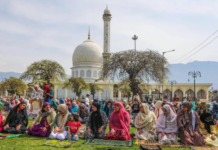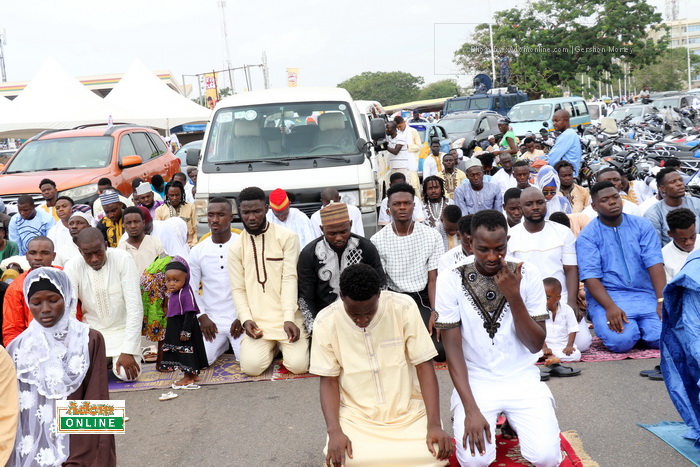Today marks Eid al-Adha, an Islamic holiday also known as the “Festival of Sacrifice.” The holiday is the first of four days when Muslims sacrifice meaningful things to them, typically sheep, cows, chickens and goats, which they slaughter, cook and share with family, friends and the poor. Eid al-Adha also marks the end of Dhu al-Hijjah, the 10-day pilgrimage Muslims take to Mecca. Hajj is a pilgrimage all Muslims must take at least once in their lives.
Below is everything you need to know.
Why is it celebrated?
In a dream, God ordered Prophet Ibrahim to sacrifice his most beloved – his only son, Ismail. Prophet Ibrahim told his son about the dream, to which Ismail agreed to be used as a sacrifice. The Prophet and his wife traveled to Mecca, where they planned to perform the deed.
READ: Poor Men Love Big Breasts, The Rich Prefer Them Smaller –Study
As Prophet Ibrahim prepared to kill his child, God replaced his son with a ram. God’s command was a test to see if the Prophet would follow his command. Prophet Ibrahim passed the test. Centuries later, Muslims have carried the tradition of sacrificing animals in the name of God.
When is it celebrated?
Eid al-Adha falls on a different time each year. In the Islamic lunar calendar, the day is determined based on the sighting of the Crescent Moon and the New Moon. It is not known when the exact day begins. This year, the holiday begins Tuesday, 21 August and runs until Saturday, the 25th.
READ: Otiko Djaba rejects ambassador job
What is the difference between Eid al-Fitr and Eid al-Adha?
Eid al-Fitr marks the end of Ramadan, the holiest month of the Islamic year. For 30 days, Muslims worldwide observe fasting and end the month with the Eid al-Fitr celebration. Eid al-Adha is a festivity celebrated on the 10th day of the Muslims’ pilgrimage to Hajj.
What celebrations happen on Eid al-Adha?
The day begins with a collective morning prayer, typically at a large hall or park. Then people branch away to be with their families, eat the meat from the animals they slaughter along with other food and drinks. The day before, Muslims are encouraged to fast. Fasting the day before the holiday washes away two years worth of sins in the previous and coming years.
Can I participate in celebrations if I am not Muslim?
Anyone of any religion is invited to celebrate Eid al-Adha with Muslims. You are invited to attend the morning prayer and the celebrations immediately following. To greet a Muslim on this day, simply say “Eid Mubarak.”




![Man causes stir after donating coffins to Muslims [Listen] coffin](https://www.adomonline.com/wp-content/uploads/2020/04/unnamed-Copy-1-218x150.jpg)

